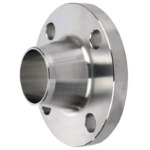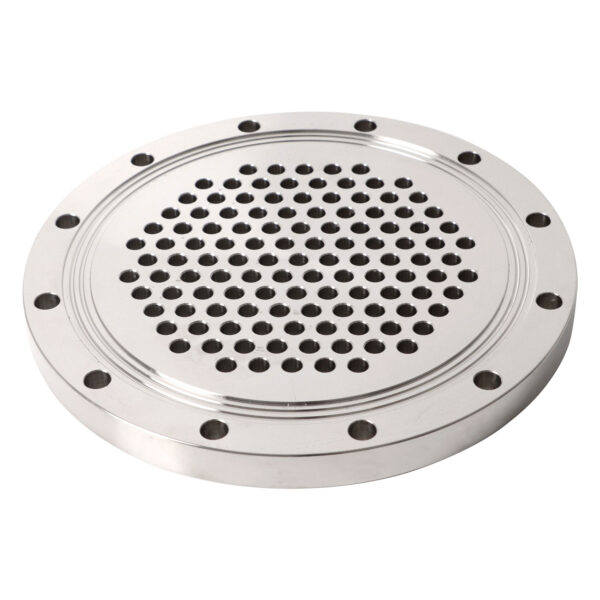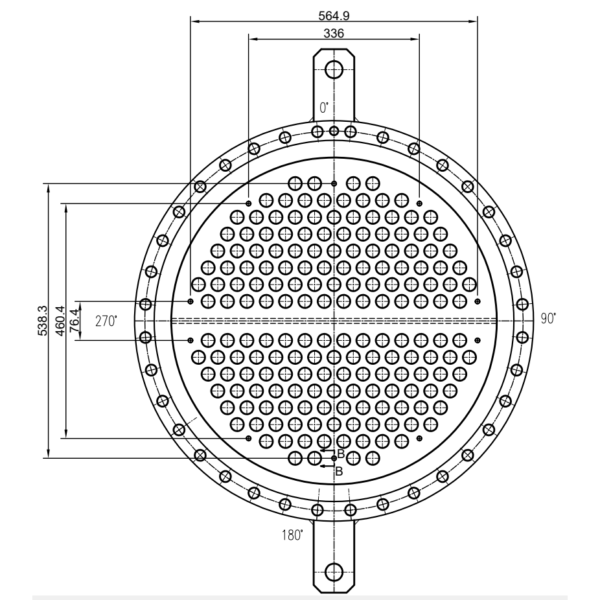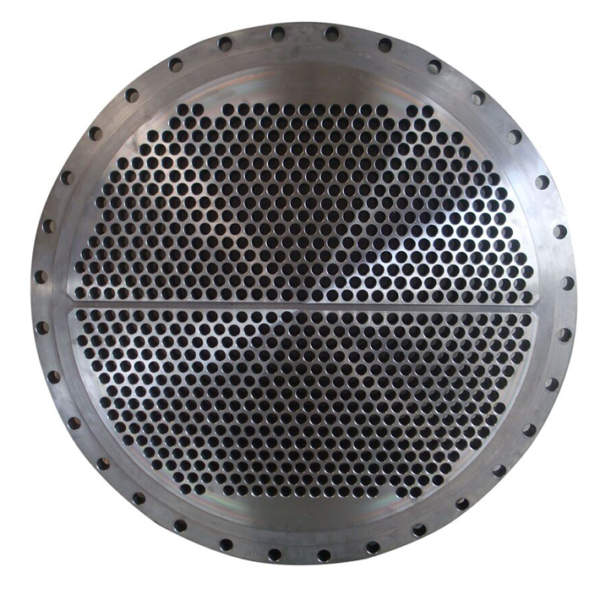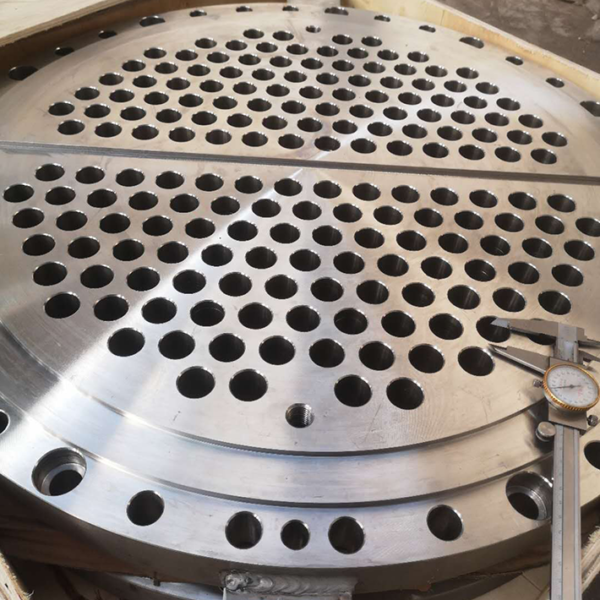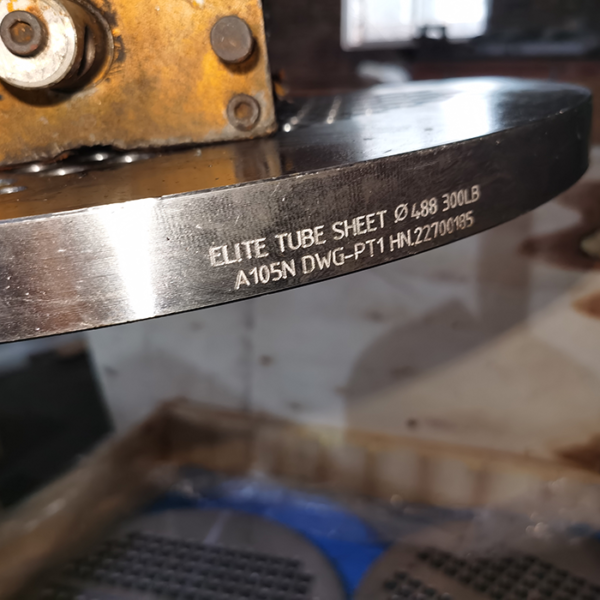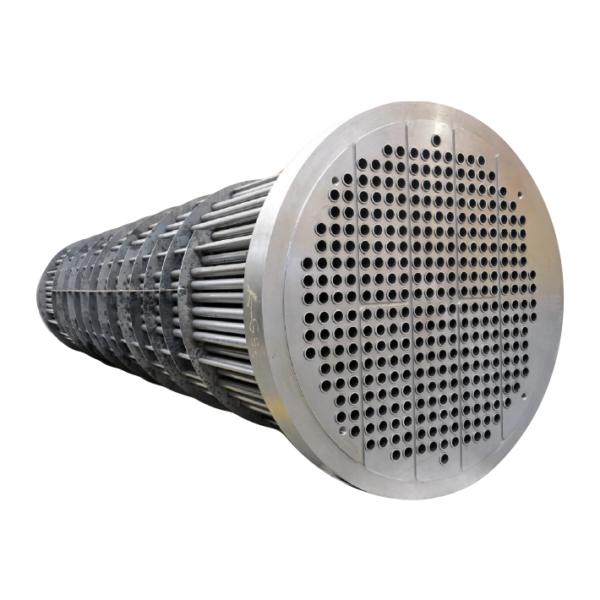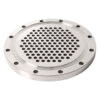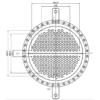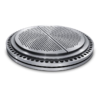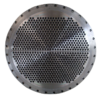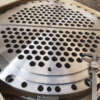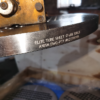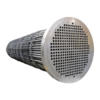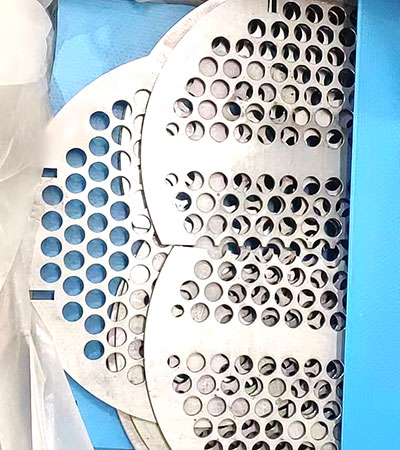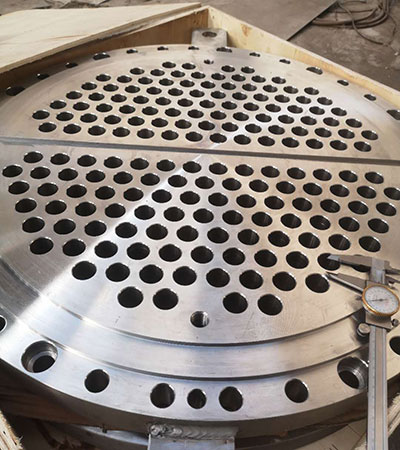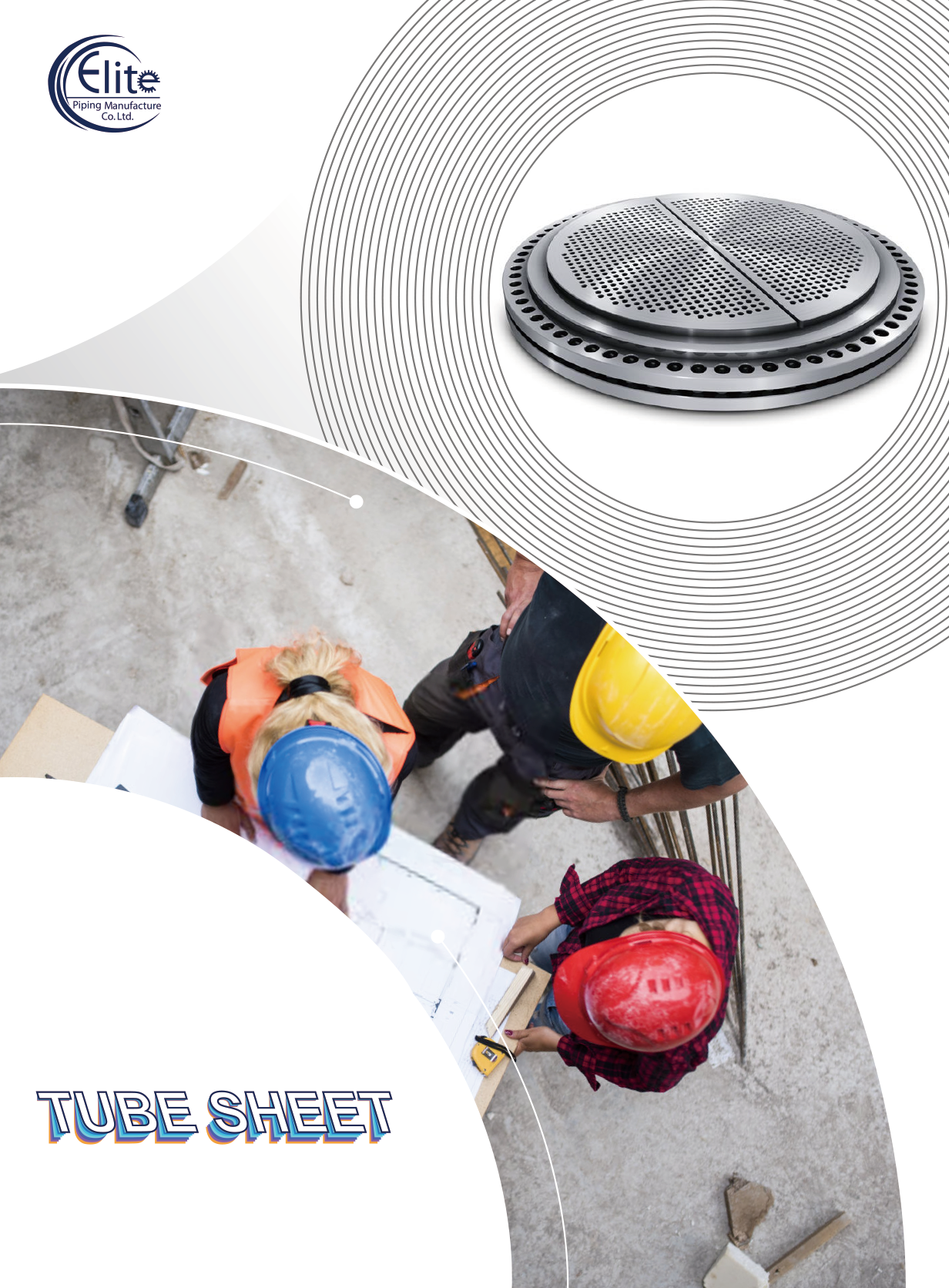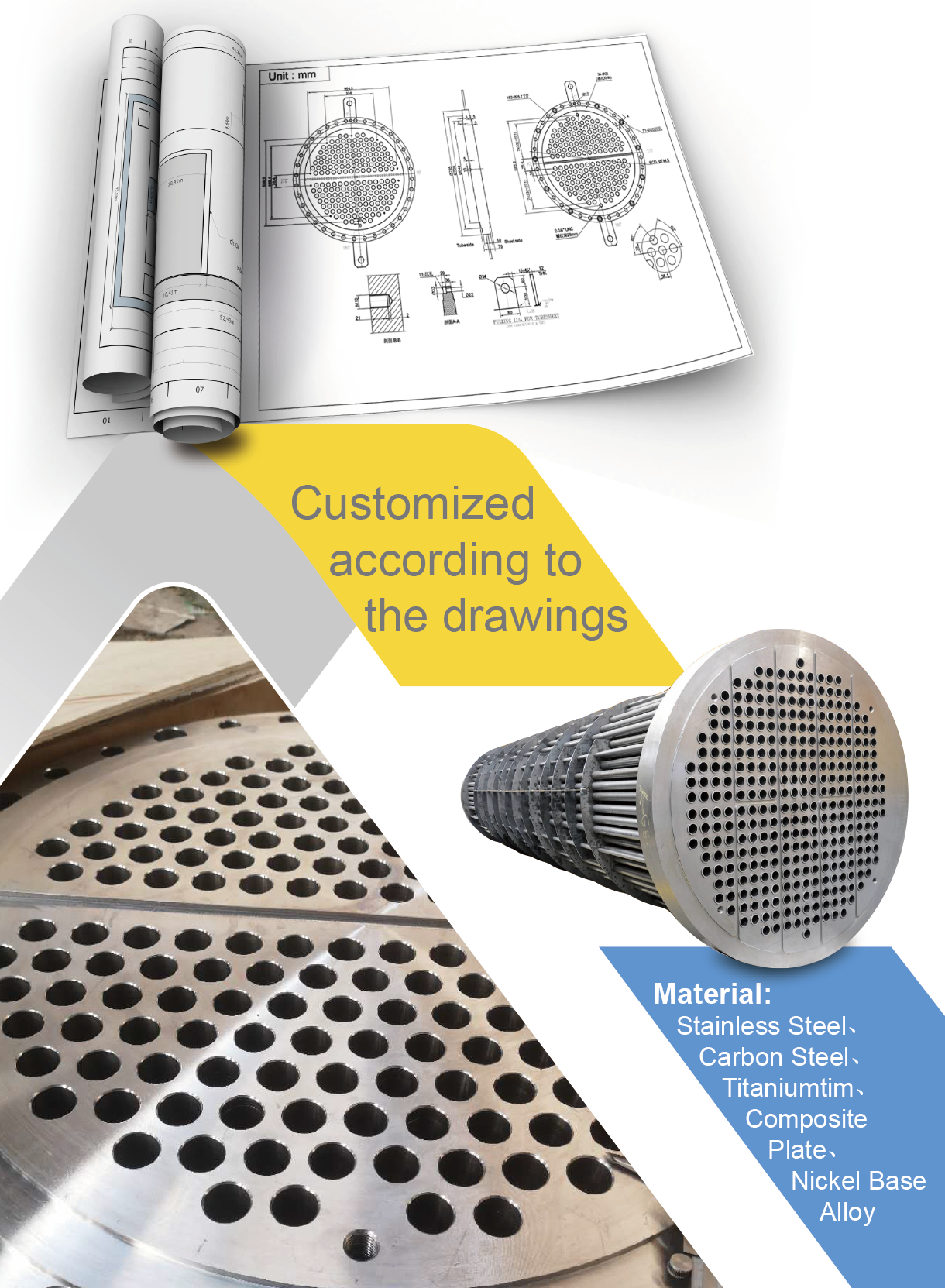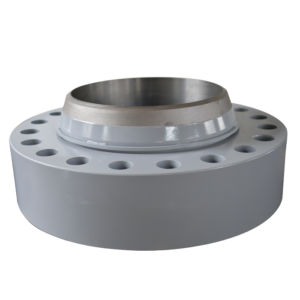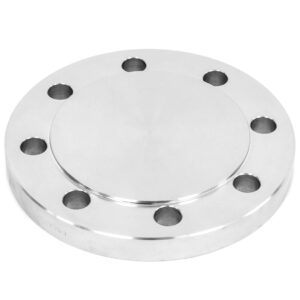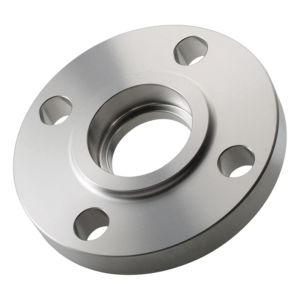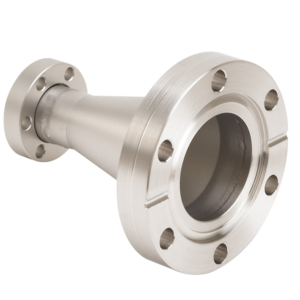Description


A tubesheet is a flat plate that is used to support and anchor the tubes in a heat exchanger or a boiler. The tubesheet is typically made from a solid piece of material, such as a metal plate, and contains holes that are drilled or machined to accommodate the tubes. The tubes are inserted into the holes in the tubesheet, and are then expanded or welded in place to create a secure and leak-tight seal.
The tubesheet is a critical component in the design of a heat exchanger or boiler, as it provides the mechanical support and anchoring necessary to maintain the position and alignment of the tubes. The tubesheet must be able to withstand the forces generated by the fluid flowing through the tubes, as well as the thermal stresses and strains that occur as a result of temperature changes.
Tubesheets are typically made from materials such as carbon steel, stainless steel, depending on the specific application and the properties required. The tubesheet must be carefully designed and fabricated to ensure that it can withstand the stresses and strains of the operating environment and that it provides a secure and leak-tight seal for the tubes.
In addition to providing mechanical support and anchoring for the tubes, the tubesheet also plays an important role in the heat transfer process. The design of the tubesheet can have a significant impact on the efficiency and effectiveness of the heat exchanger or boiler and must be carefully optimized to ensure optimal performance.
A tube sheet is usually made from a round flat piece of plate, a sheet with holes drilled to accept the tubes or pipes in an accurate location and pattern relative to one another. The tube sheets are used to support and isolate tubes in heat exchangers and boilers or to support filter elements. Tubes are attached to the tube sheet by hydraulic pressure or by roller expansion.
A tube sheet may be covered in a cladding material that serves as a corrosion barrier and insulator. Low carbon steel tube sheets can include a layer of a higher alloy metal bonded to the surface to provide more effective corrosion resistance without the expense of using the solid alloy, which means it can save a lot of costs. Perhaps the best-known use of tube sheets is as supporting elements in heat exchangers and boilers. These devices consist of a dense arrangement of thin-walled tubes situated inside an enclosed, tubular shell.
Tubes are supported on either end by sheets which are drilled in a predetermined pattern to allow the tube ends to pass through the sheet. The ends of the tubes which penetrate the tube sheet are expanded to lock them in place and form a seal. The tube hole pattern or “pitch” varies the distance from one tube to the other and the angle of the tubes relative to each other and the direction of flow. This allows the manipulation of fluid velocities and pressure drop and provides the maximum amount of turbulence and tube surface contact for effective Heat Transfer.
In cases where it is critical to avoid fluid intermixing, a double tube sheet can be provided. The design of tube sheets is a fairly precise and complex process; the exact number of tubes needs to be established and a pattern of holes is calculated to spread evenly over the tube sheet surface. Large exchangers may have several thousand tubes running through them arranged into precisely calculated groups or bundles. Sheet design and production are largely automated these days with computer software (like CAD) performing the calculations and the tube sheet drilling done on computer numerical control (CNC) machines. In this design, the outer tube sheet is outside the shell circuit, virtually eliminating the chance of fluid intermixing. The inner tube sheet is vented to the atmosphere so any fluid leak is easily detected. we can provide the best quality tube sheet for you.
Tubesheet is one of the main components of shell-and-tube heat exchangers. It is used to arrange heat exchangers to separate the tube-side, and shell-side fluid, at the same time, it is affected by the tube-side and shell-side pressure and temperature.


